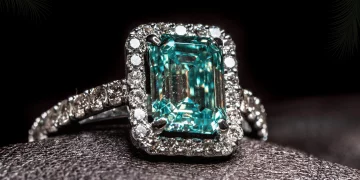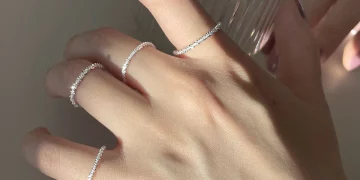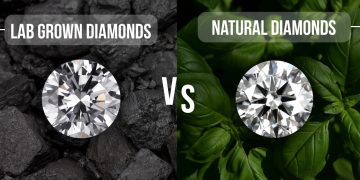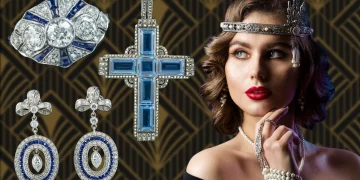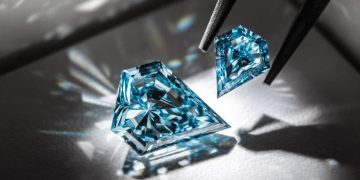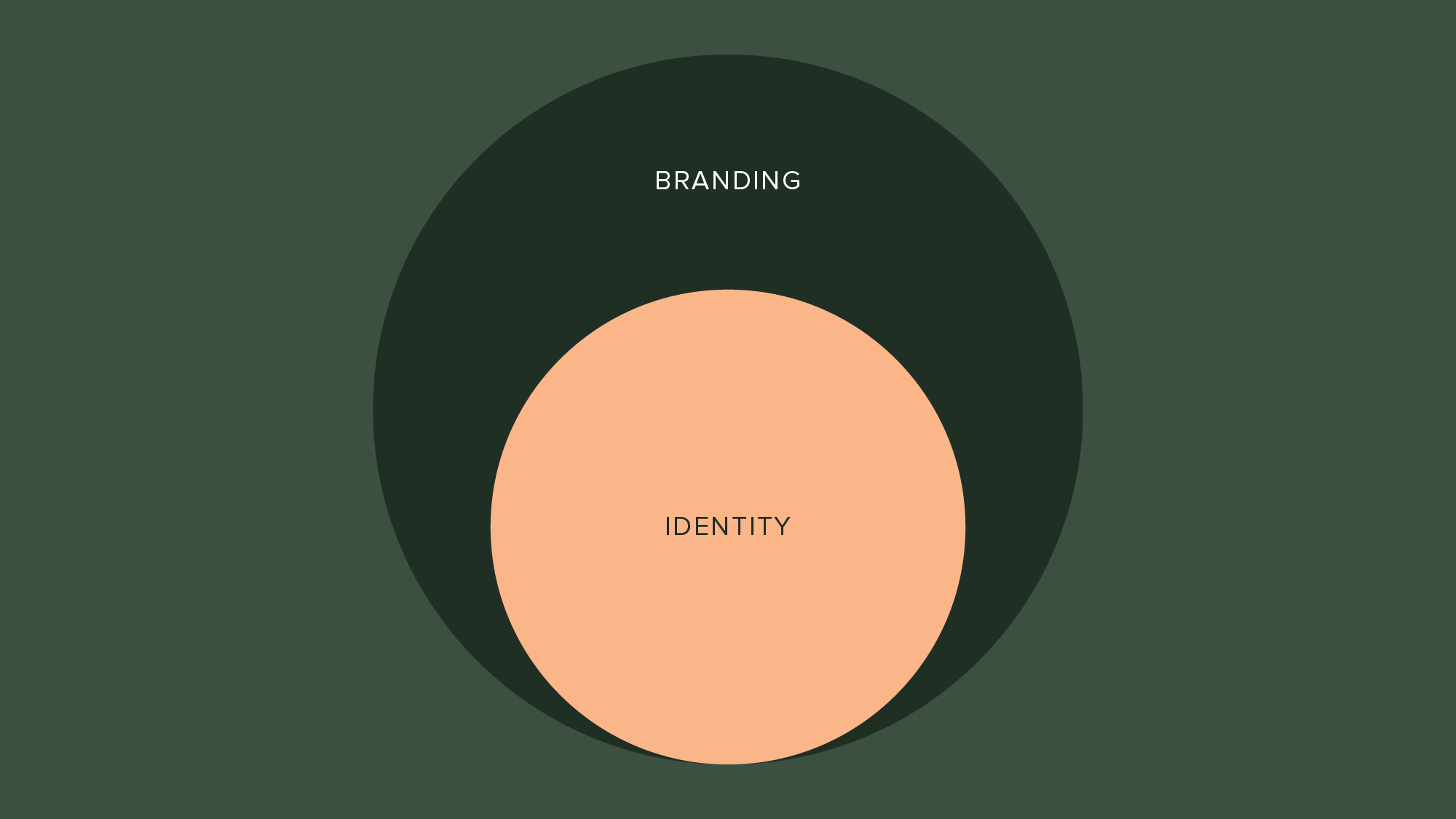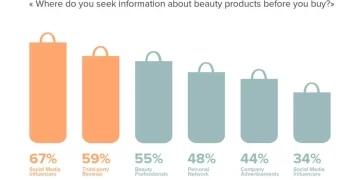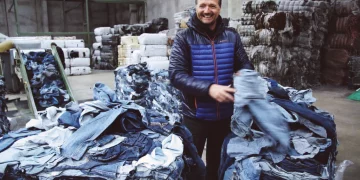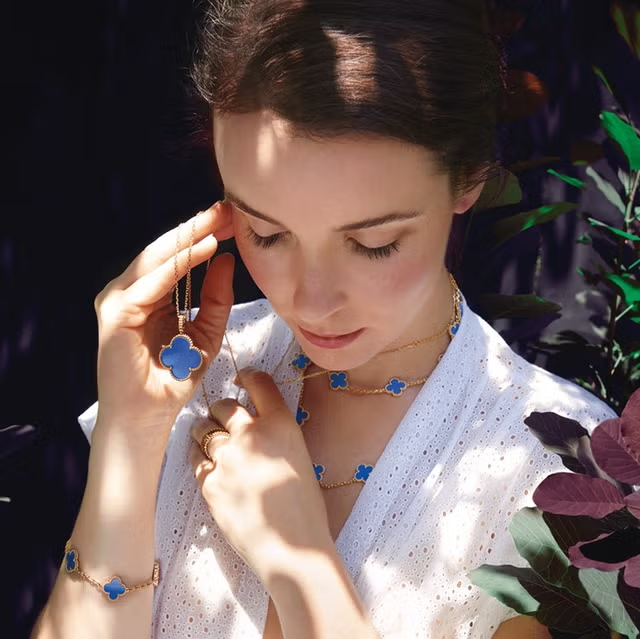As global consumers become increasingly concerned with environmental and social responsibility, luxury jewelry brands are reassessing their business models, particularly in terms of material sourcing and production processes. Traditionally, luxury items have been defined by their rarity, opulence, and craftsmanship. However, today’s consumers are placing more value on the ethics behind their purchases, with a growing demand for sustainable, responsibly sourced materials in luxury goods. This shift is compelling high-end jewelry brands to redefine what “luxury” means in the 21st century.
The Growing Importance of Sustainability in Luxury Jewelry
The concept of luxury has always been associated with exclusivity, rarity, and prestige. However, the modern consumer increasingly sees luxury as not just about owning valuable items but about knowing that those items were created in a responsible and ethical manner. This change is being driven by several factors:
- Environmental concerns: With increasing awareness of climate change, pollution, and resource depletion, consumers are seeking products that do not harm the planet.
- Ethical sourcing: As social justice and human rights concerns grow, consumers are prioritizing brands that ensure fair labor practices and transparency in their sourcing of raw materials.
- Transparency and traceability: With the rise of blockchain technology and digital tools, consumers expect greater transparency in the supply chain, from the mining of precious metals and gemstones to the final sale.
Luxury jewelry brands are responding to this shift by integrating sustainable practices into their design and manufacturing processes. By using ethically sourced materials, reducing environmental impact, and ensuring fair labor practices, these brands are redefining what it means to be “luxurious” in today’s world.
1. The Use of Ethical Gemstones and Metals
One of the most significant changes in the luxury jewelry industry is the growing trend of using ethically sourced gemstones and metals. Traditionally, precious stones and metals have been mined through practices that can be harmful to the environment and local communities. However, many high-end brands are now turning to ethical sourcing options, which provide a more sustainable alternative.
Conflict-Free Diamonds and Gemstones
Diamonds have long been a symbol of luxury, but the term “blood diamond” has tarnished their reputation due to the association with conflicts and human rights abuses in mining regions. To address these concerns, many jewelry brands now exclusively use conflict-free diamonds, which are sourced from mines that adhere to strict ethical and environmental standards. Additionally, some brands are opting for lab-grown diamonds, which offer the same aesthetic and chemical properties as mined diamonds but without the negative environmental and social impacts. These lab-grown alternatives are becoming increasingly popular, as they offer a sustainable and more affordable option for consumers.
Similarly, sustainable gemstones are also becoming more popular. Many luxury jewelry houses are now sourcing stones from mines that adhere to strict environmental and ethical guidelines. Fairmined gold and responsibly sourced colored gemstones are also gaining traction, ensuring that the sourcing of these materials doesn’t come at the cost of the environment or local communities.
Recycled Precious Metals
The use of recycled metals is another key trend that is reshaping the luxury jewelry industry. Instead of sourcing new gold, platinum, or silver, many jewelry brands are turning to recycled precious metals, which are extracted from old jewelry, electronics, and other consumer goods. This process significantly reduces the environmental impact of mining and allows jewelry brands to repurpose valuable materials that already exist in the market. By using recycled metals, luxury jewelry brands are reducing their reliance on new mining, which is energy-intensive and harmful to ecosystems.
2. The Shift Toward Eco-Friendly Production Practices
In addition to using sustainable materials, many luxury jewelry brands are overhauling their production processes to minimize their environmental impact. From energy consumption to waste management, brands are embracing eco-friendly practices at every stage of production.
Energy-Efficient Manufacturing
Sustainably-minded jewelry brands are investing in energy-efficient manufacturing techniques, reducing their carbon footprint. This includes using renewable energy sources, such as solar and wind power, in production facilities, and implementing energy-saving measures to reduce emissions. Brands are also working to minimize the waste generated during production by reusing and recycling materials whenever possible.
Water Conservation
Water usage is another area where luxury jewelry brands are becoming more conscious of their environmental footprint. Many jewelry production processes, particularly in metal refinement and gemstone cutting, require significant amounts of water. In response, some brands are implementing water recycling systems to ensure that water is reused and not wasted. Others are working to source materials from regions with strict water management regulations, ensuring that their operations do not contribute to water scarcity.
3. The Role of Certifications and Standards in Sustainability
As consumers become more discerning about the origins of their luxury items, certifications and standards have become increasingly important in the jewelry industry. Independent certifications, such as the Responsible Jewellery Council (RJC) and Fairmined, provide third-party verification that a brand’s practices meet high ethical and environmental standards.
The Responsible Jewellery Council (RJC)
The RJC is an organization that certifies jewelry companies for their commitment to ethical sourcing and sustainability. Brands that receive RJC certification must adhere to strict guidelines on issues such as labor practices, environmental impact, and human rights. For consumers, this certification provides reassurance that the jewelry they are purchasing has been produced in a responsible and ethical manner.
Fairmined Gold Certification
For brands that use gold in their jewelry, the Fairmined certification ensures that the gold has been sourced from small-scale mining operations that meet strict environmental and social standards. The certification guarantees that the gold is mined in a way that protects both the environment and the rights of the workers involved. Jewelry brands that use Fairmined gold can demonstrate their commitment to sustainable and ethical practices.

4. The Role of Innovation in Creating Sustainable Luxury Jewelry
The luxury jewelry industry is embracing innovation to meet the growing demand for sustainable products. Advanced technologies, such as 3D printing and synthetic gemstone production, are offering new ways to create luxury jewelry that is both eco-friendly and aesthetically stunning.
3D Printing and Customization
3D printing allows jewelers to create intricate, customized designs with minimal waste. This technology reduces the need for traditional casting processes, which can be wasteful, and allows for the production of highly detailed designs that would be difficult or impossible to create using traditional methods. In addition, 3D printing enables jewelers to make personalized pieces on demand, reducing overproduction and the environmental impact associated with excess inventory.
Synthetic Gemstones and Lab-Grown Alternatives
As mentioned earlier, lab-grown gemstones and diamonds are becoming increasingly popular due to their lower environmental impact. These gemstones are created in a controlled laboratory environment, using methods that replicate the natural geological processes. They require fewer resources and less energy than traditional mining, making them a more sustainable option for luxury jewelry brands. In addition, lab-grown gemstones offer the same beauty and durability as mined stones, making them an appealing alternative for eco-conscious consumers.
5. Consumer Demand and the Changing Definition of Luxury
As consumer attitudes toward sustainability continue to evolve, the definition of luxury is being redefined. Traditionally, luxury has been associated with rarity and exclusivity, but today’s consumers are seeking products that are not only rare and beautiful but also ethically produced and environmentally friendly.
The Modern Luxury Consumer
Today’s luxury consumer is more informed and more socially conscious than ever before. They are increasingly willing to pay a premium for products that align with their values, and they are seeking out brands that prioritize sustainability, transparency, and ethical sourcing. For many consumers, purchasing jewelry is not just about owning something beautiful—it is about making a statement and supporting brands that align with their personal values.
Luxury as a Reflection of Responsibility
In the future, luxury will be defined not only by rarity and craftsmanship but also by a brand’s commitment to sustainability and social responsibility. As consumers become more focused on the ethical implications of their purchases, luxury jewelry brands will need to embrace sustainability in order to remain relevant and competitive in the market. By using sustainable materials, adopting eco-friendly production practices, and supporting fair labor standards, luxury jewelry brands are redefining what it means to be truly luxurious.
Conclusion
Luxury jewelry brands are increasingly using sustainable materials and practices to redefine the concept of luxury. Through the use of ethically sourced gemstones, recycled metals, and eco-friendly production methods, these brands are not only meeting the demands of modern consumers but also setting new standards for the entire industry. As sustainability becomes a driving force in the luxury market, brands that embrace these practices will not only appeal to eco-conscious consumers but will also help shape the future of luxury itself. By blending opulence with responsibility, these brands are proving that luxury can be both beautiful and sustainable.

